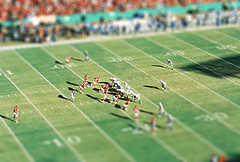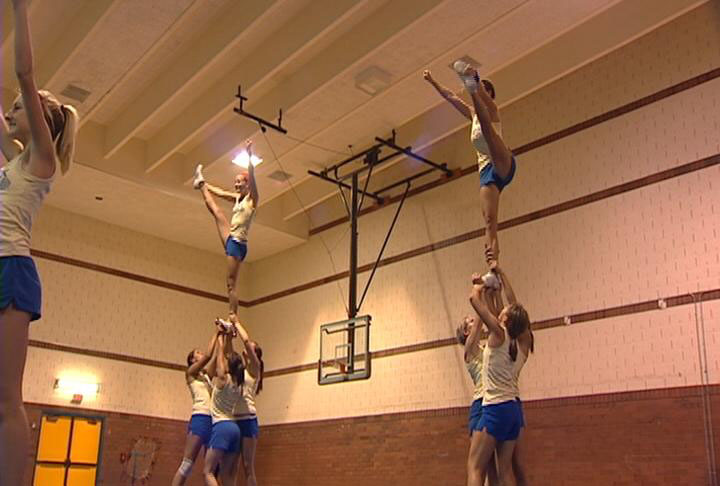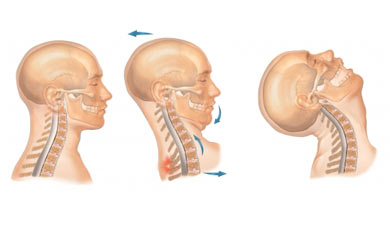Over the last year, news about traumatic brain injuries and chronic traumatic encephalopathy (CTE) have been making news across the country. Back in October, we explained that California, through new legislation, would be taking steps to significantly limit the number of sports players who could file workers’ compensation claims in the state. An article in the Los Angeles Times recently reported that Tony Dorsett, a 59-year-old former NFL running back, filed a brain injury claim with the California workers’ compensation panel only to have his claim denied. But now, players facing claim denials may have new evidence for their appeals, as researchers can accurately diagnose CTE in in living brains.

As the number of former NFL players who show signs of CTE continues to rise, we’re likely going to see an increase in lawsuits in California and across the country. While researchers and medical professionals previously could only diagnose CTE postmortem, new medical advances allow doctors to detect signs of CTE in the living through brain scans and tests. There are hundreds of former sports players who may have suffered brain injuries in the course of their employment by the NFL and other professional sports leagues. And now, if those players can be diagnosed with CTE, they might be eligible for compensation.
Dorsett’s Brain Injury Claim
 North County San Diego Injury Lawyers
North County San Diego Injury Lawyers











